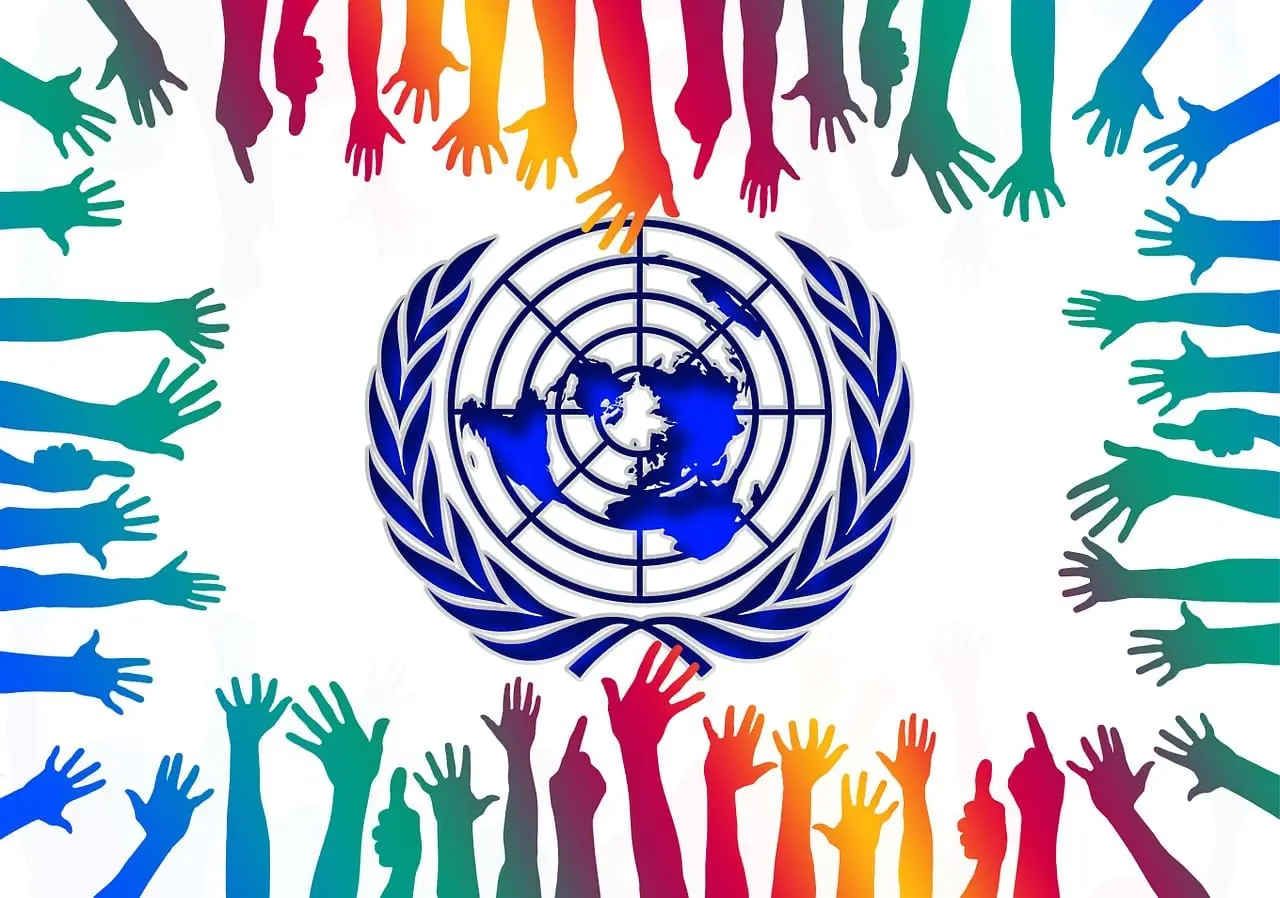When we hear the word “nonprofit,” all that fills our thoughts is monetary charity and maybe some help to the orphans. However, there is much more to nonprofit organizations than mere cash donations. So, let us look past superficial perceptions to the far-reaching influences that these support groups exert on communities to address global challenges.
In this blog, we will explore how nonprofit organizations tackle root problems rather than symptoms and create ingenious solutions for future programs.
How are Nonprofit Organizations Unique?
Nonprofit organizations are social change agents who empower marginalized groups and shape public policies. Their work transforms communities in meaningful ways. They also stimulate individuals to enact positive change through firsthand volunteering and civic participation.
Examples abound of nonprofits achieving what the government cannot. Their nimble, hyperlocal models let them personalize help in impactful ways. Simultaneously, by working together in coalitions, these support groups combine their voices to advocate for those lacking power alone to build a support system that guides society toward justice and prosperity.
Economic Impact of Nonprofit Organizations
The nonprofit sector has been powering economies across the United States. As one of the largest employment segments in the country, nonprofit organizations provide over 12.3 million jobs, accounting for more than 10% of the entire private workforce. According to the National Council of Nonprofits, it was the third-largest employer in the private sector, as of 2019.
Many nonprofits are major employers in their communities – hospitals, universities, charities, arts organizations, and places of worship all offer thousands of positions to the unemployed.
For example, in Philadelphia, the University of Pennsylvania has surpassed all other universities in being the city’s top employer, with a workforce of over 50,000 individuals. Not only do these support groups directly create stable employment opportunities, but they also run local economies through their spending and activities.
The estimated $1 trillion annual contribution of the sector goes towards purchasing goods and services, paying employee salaries, and funding various community programming. A study in North Carolina revealed that for every dollar invested in nonprofit organizations, $2.38 in total economic activity was generated through indirect and induced effects.
Beyond service delivery, nonprofits additionally boost local revenues by hosting large conventions, cultural events, and fundraising galas. If nothing more, it brings in a myriad of visitors who patronize other businesses.
Another report by Americans for the Arts revealed that nonprofit arts and culture organizations pumped an estimated $166.3 billion into the U.S. economy in 2015.
This infusion of dollars has benefitted various industries in the areas that nonprofit organizations call home. Their economic impact establishes a virtuous cycle of continuously reinforcing growth and prosperity.
The Transformative Impact of Nonprofit Organizations on Societies
Nonprofit organizations have been tirelessly working to uplift communities across the country. Organizations like Habitat for Humanity have lifted entire communities through their affordably-priced homes, constructing over a million housing units worldwide since 1976.
Their work stabilized housing situations and neighborhoods that may have been in decline. Similarly, art nonprofits have led downtown revivals by opening galleries that attracted culturally minded residents and commercial activity.
In Chicago, the blossoming of galleries on the city’s West Side in the 1990s made that district a very lively area known today. Beyond housing and art divisions, Chicago nonprofit initiatives take on large-scale improvement projects to develop amenities like parks and public transit.
In San Diego, the efforts of the local community support groups led to the creation of a premier network of green spaces as well as an expanded trolley system connecting residents.
Social Services by Support Groups
Equally impactful has been the social services provided by nonprofit agencies. They deliver over half of healthcare nationwide, especially for underinsured populations, through hospitals and clinics.
This level of accessible care meaningfully improves metrics of public health and lowers mortality rates.
Food security nonprofits also prevent immense human suffering, exemplified by food banks that sustain over 25 million Americans each year. Research has found that such efforts reduce later healthcare expenditures by billions.
Moreover, early education nonprofits boost long-term outcomes, with studies finding $8.60 returned for every dollar invested due to decreased needs for special education and spending on the justice system.
Collectively, nonprofit organizations strengthen the social fabric and quality of life through services addressing root issues with innovative, prevention-focused solutions.
How Nonprofit Organizations Advocate for Policy Changes and Social Progress
Nonprofit organizations have had a tremendous influence in advocating for policy changes and social progress such as defending civil liberties and rights. Mobilizing public movements to help
Defending Civil Liberties and Rights
Organizations like the ACLU have fought important battles to expand civil rights and liberties over the decades. Through hundreds of landmark legal cases, they have endeavored to strengthen protections for voting, reproductive choice, LGBTQ rights, and much more. The ACLU argued before the Supreme Court in Obergefell v. Hodges, establishing marriage equality nationwide in 2015.
Mobilizing Public Movements
Environmental groups also frequently partner with governments to enact impactful regulations. The Environmental Defense Fund, for example, created the Montreal Protocol by working with nations to establish emissions limits.
On a local level, watershed nonprofits educate municipalities about sustainably managing resources through research and best practices.
In some states, their findings have led to new laws – like bans on bee-harming pesticides proposed after nonprofit organizations raised concerns about declining bee populations.
Nonprofits lend their expertise, civic engagement, and conviction for justice and equity to policy discussions. While progress may be gradual, their collective advocacy has undeniably advanced rights and environmental improvement over time for the benefit of communities nationwide.
Bridging Healthcare Gaps and Promoting Wellness in Underserved Chicago Communities
In underserved Chicago communities, nonprofit health centers have helped fill critical gaps. Clinics like Alivio Medical Center provide primary care, dental, and behavioral health services to neighborhoods where few private practices operate.
Alivio served over 15,000 largely low-income patients last year, improving access to preventive care. This helps catch chronic illnesses earlier and reduces emergency room visits.
GLOH is another tirelessly working and growing network of Chicago nonprofit initiatives that works to relieve poverty and empower those in need through programs focused on housing, food and clothing access, mental health support, and assistance for seniors and low-income families.
Other groups, like the Erie Family Health Center, operate multiple Chicago sites. These support groups collectively see a myriad of patients annually regardless of ability to pay. Their efforts have shown impact – areas with more community health centers demonstrate lower rates of infant mortality and diseases like diabetes, according to city health reports.
Mental Health and Community Wellness
Chicago nonprofit initiatives are directed at addressing wellness holistically. For example, the Inner-City Muslim Action Network promotes healthy lifestyle workshops on nutrition, exercise, and stress reduction while also offering counseling. Their Youth Leadership Program trained over three hundred local teens as conflict mediators last year alone.
On a city level, Active Transportation Alliance advances initiatives like Chicago’s “Streets for Cycling” plan to develop a connected bike lane network that encourages physical activity and healthier commutes.
Mental health nonprofit organizations have been increasingly improving quality of life through innovative programs as well as direct clinical services.
Addressing Critical Issues through Nonprofit Research and Innovation
Nonprofit organizations have also tackled issues like disease, sustainability, and societal problems via research. Foundations like Susan G. Komen fund promising breast cancer studies, contributing to improved treatments and detection methods over time.
Conservation support groups also power scientific discovery. The National Geographic Society has supported genomics research, uncovering new species and insights into biodiversity loss.
Their unbiased work informs policies. Groups like RAND Corporation perform large-scale social research. They evaluate health programs and conduct research on homelessness. Their purpose is to publish findings that guide public and private actions.
Technological Advancements
Certain nonprofit organizations even pioneer technological solutions for social good. Charities like One Acre Fund develop mobile banking apps empowering smallholder farmers in Africa to access loans and crop insurance.
Chicago nonprofit initiatives include the manufacturing innovation center TechNexus, which accelerates startups with ventures improving healthcare, education, and infrastructure. They have assisted exoskeleton companies in making physical therapy more accessible.
Nonprofit research incubators also promote ideas. Arizona’s Science Foundation aids scientists in commercializing technologies to detect drought conditions earlier.
Overall, strategic innovation by nonprofits addresses critical needs through discovery and new platforms.
Conclusion
As we have explored in this analysis, the positive impacts of nonprofits are wide-ranging and profound. Their innovations strengthen systems and transform individual lives. However, while nonprofit organizations tackle immense challenges with limited resources, their potential to create change remains untapped without adequate investment and support.
Going forward, collaborative partnerships will be increasingly important to the support groups‘ success. Whether through volunteer time, philanthropic donations, or cooperative programming, all sectors must work interdependently to maximize impact.
Though the full value of nonprofits may be difficult to quantify, their indispensable role in realizing a just and healthy society is undeniable. Their tireless efforts have built stronger communities – this is the true measure of nonprofits organizations’ enduring benefits to communities worldwide.


